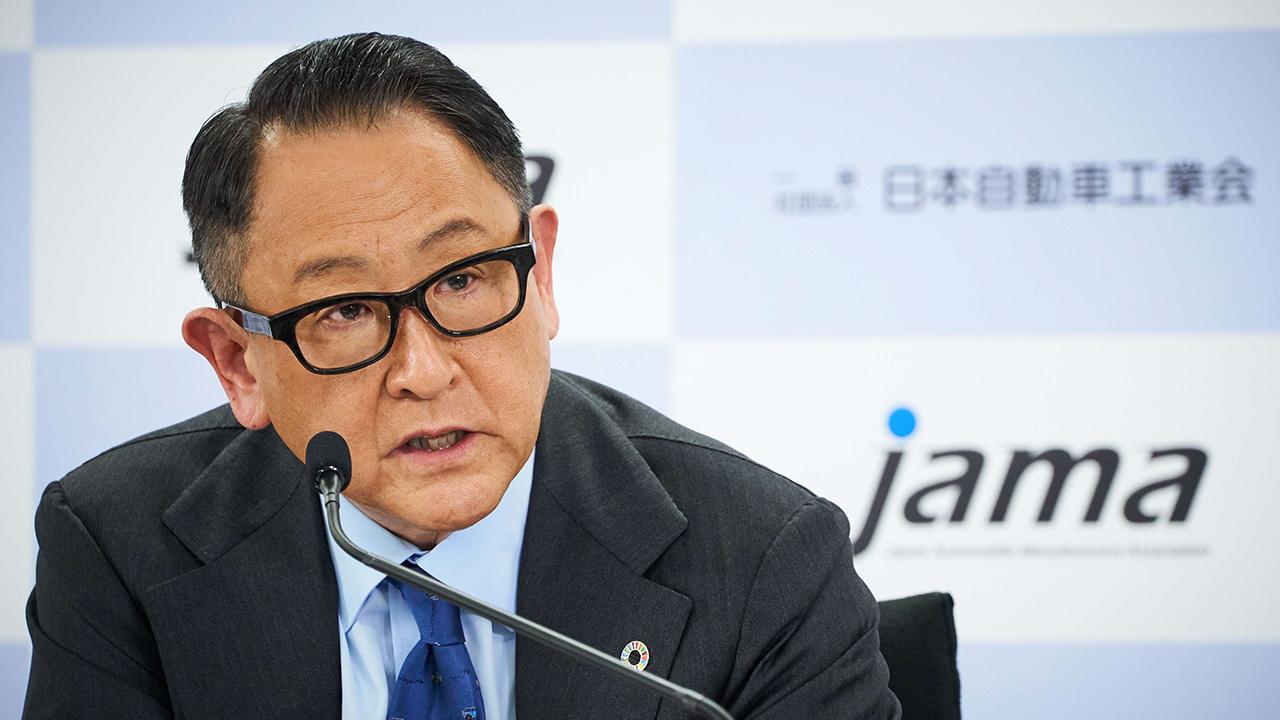
JAMA chairman Akio Toyoda explains the key to achieving growth and distribution, which form the backbone of the automotive industry's five priority focuses for this year.

The Japan Automobile Manufacturers Association (JAMA) addressed the media for the first time this year at an online press briefing on January 27. Chairman Akio Toyoda presided and all of JAMA’s sitting as well as incoming vice chairmen joined. Together, they announced the association’s five priority focus points for this year, which they had discussed at the preceding Board of Directors meeting.
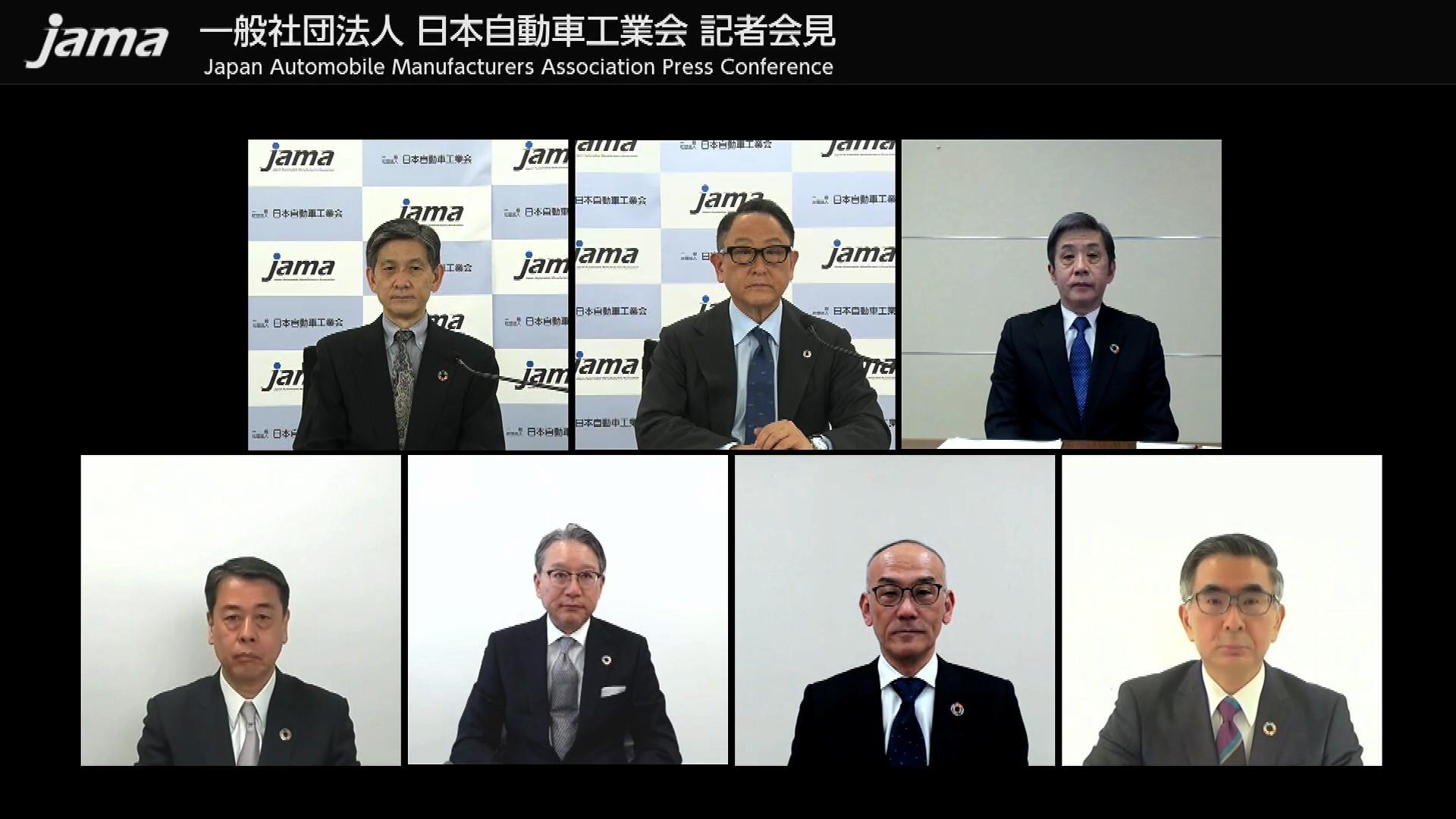
Akio said that the specific concept of “growth and distribution” (of wealth), as currently championed by the Japanese government (and put forth in a policy speech by Prime Minister Fumio Kishida in October 2021) forms “the backbone of all” of the priority focus points announced. Toyota Times follows Akio’s comments to zoom in on why that is.
The Tokyo Auto Salon showed unchanging fun of automobiles
Chairman Toyoda
A month has already passed since the start of the new year. We are now in our third year of living with COVID-19, and, currently, infections from the Omicron variant are rapidly increasing across Japan and the world.
I would like to express my heartfelt gratitude to all the medical professionals and others who are working hard every day to keep our economy and society going.
We are also now facing longer new-vehicle delivery times due to parts shortages and other pandemic impacts. I would like to apologize to our customers who are looking forward to receiving their vehicles for this inconvenience. I would also like to express my deepest gratitude to all the people in production who continue their serious effort every day under these difficult circumstances.
At the beginning of this year, the efforts of all involved made it possible to hold the Tokyo Auto Salon for the first time in two years.
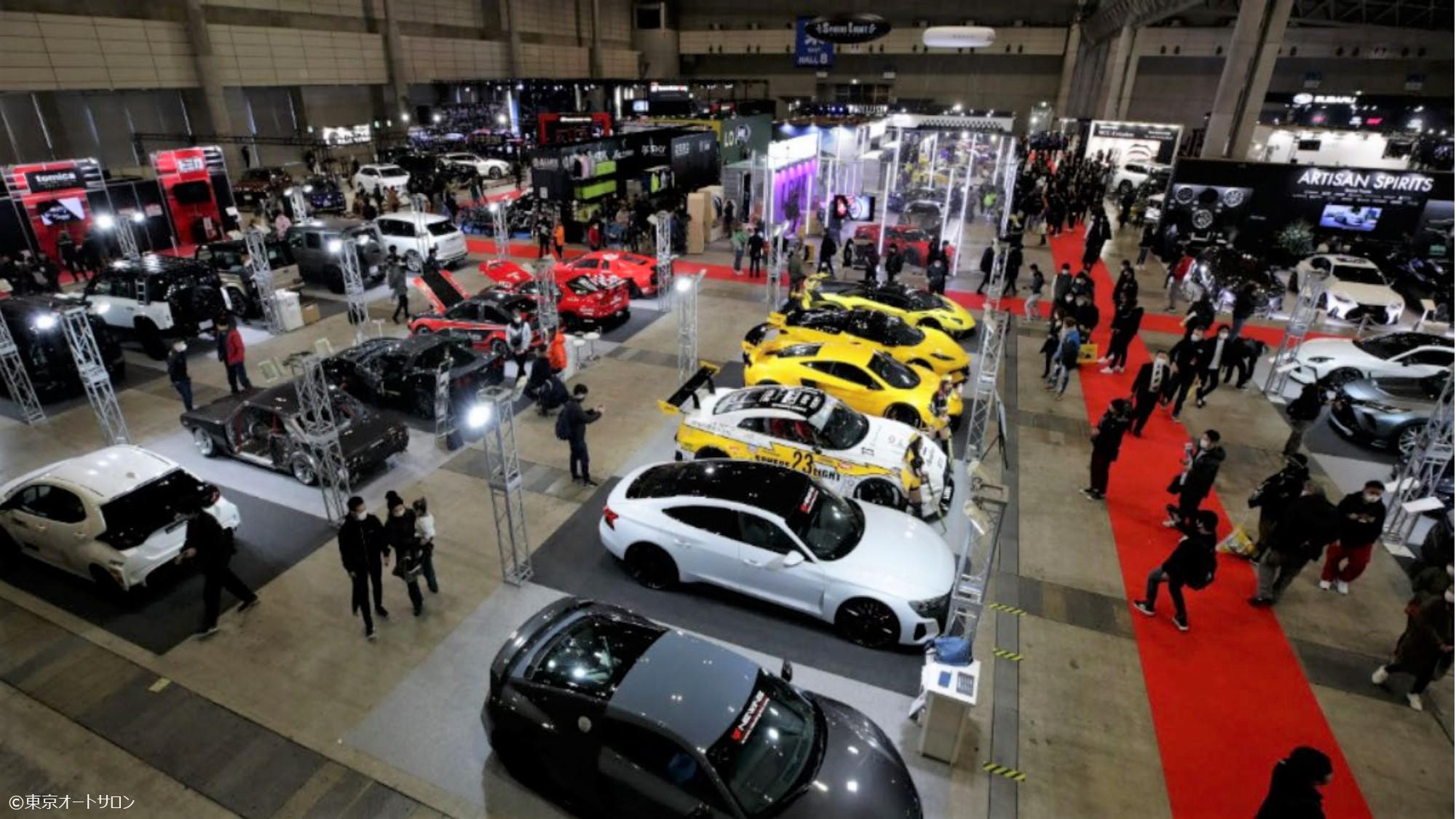
As a car-lover, I visited the venue and saw many parts manufacturers offering original ideas on how to customize and enjoy cars. Car fans came together, and the atmosphere was truly one of a festival for car-lovers.
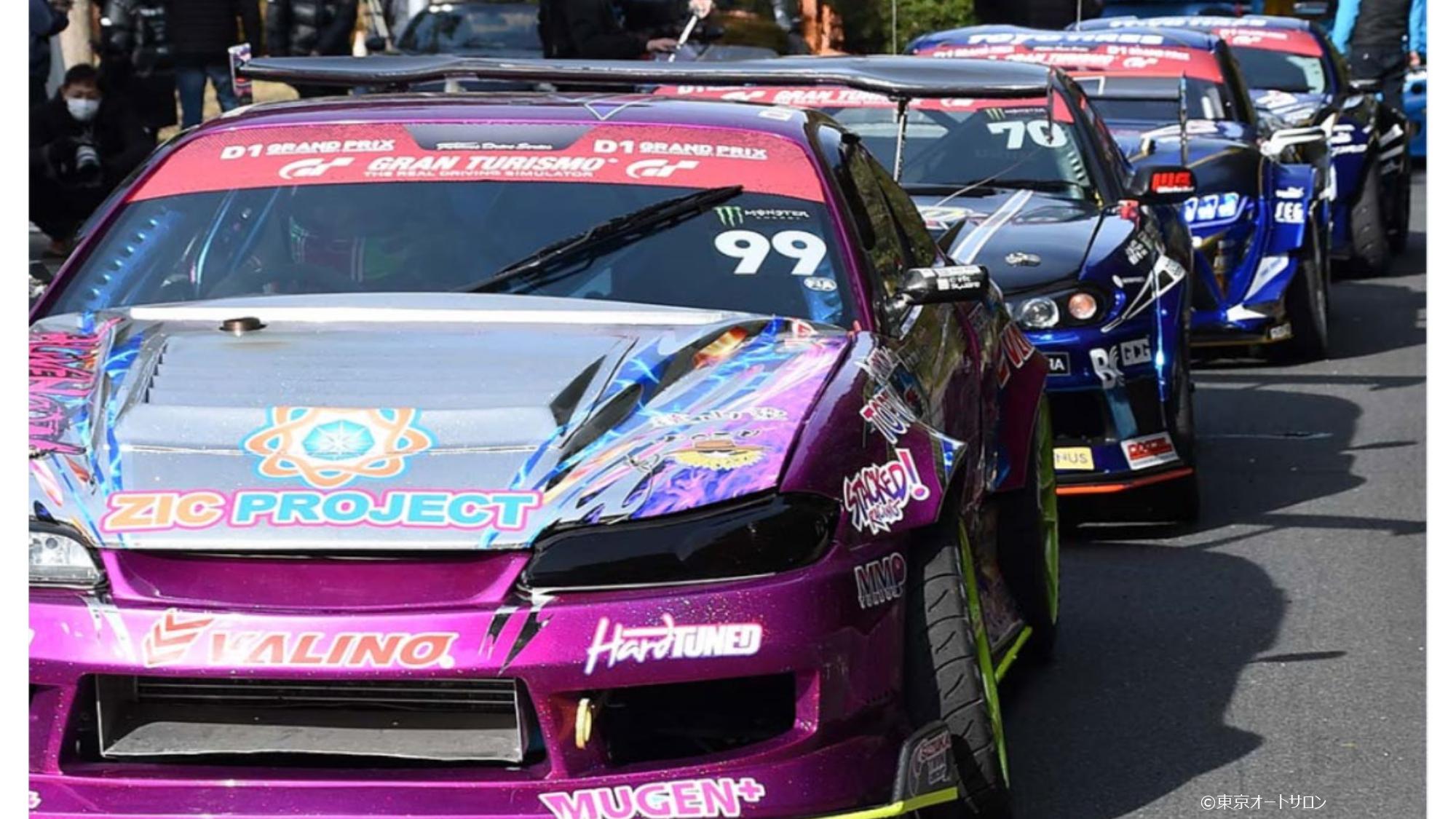
What I keenly felt while on site was that the automotive industry is one built on connections and support between many people. And, most of all, it was clear that cars are fun!
No matter how the times change, what we want to create is a fun future, and we can make it more fun if we do it together. I started the new year with a renewed sense of the importance of that origin point.
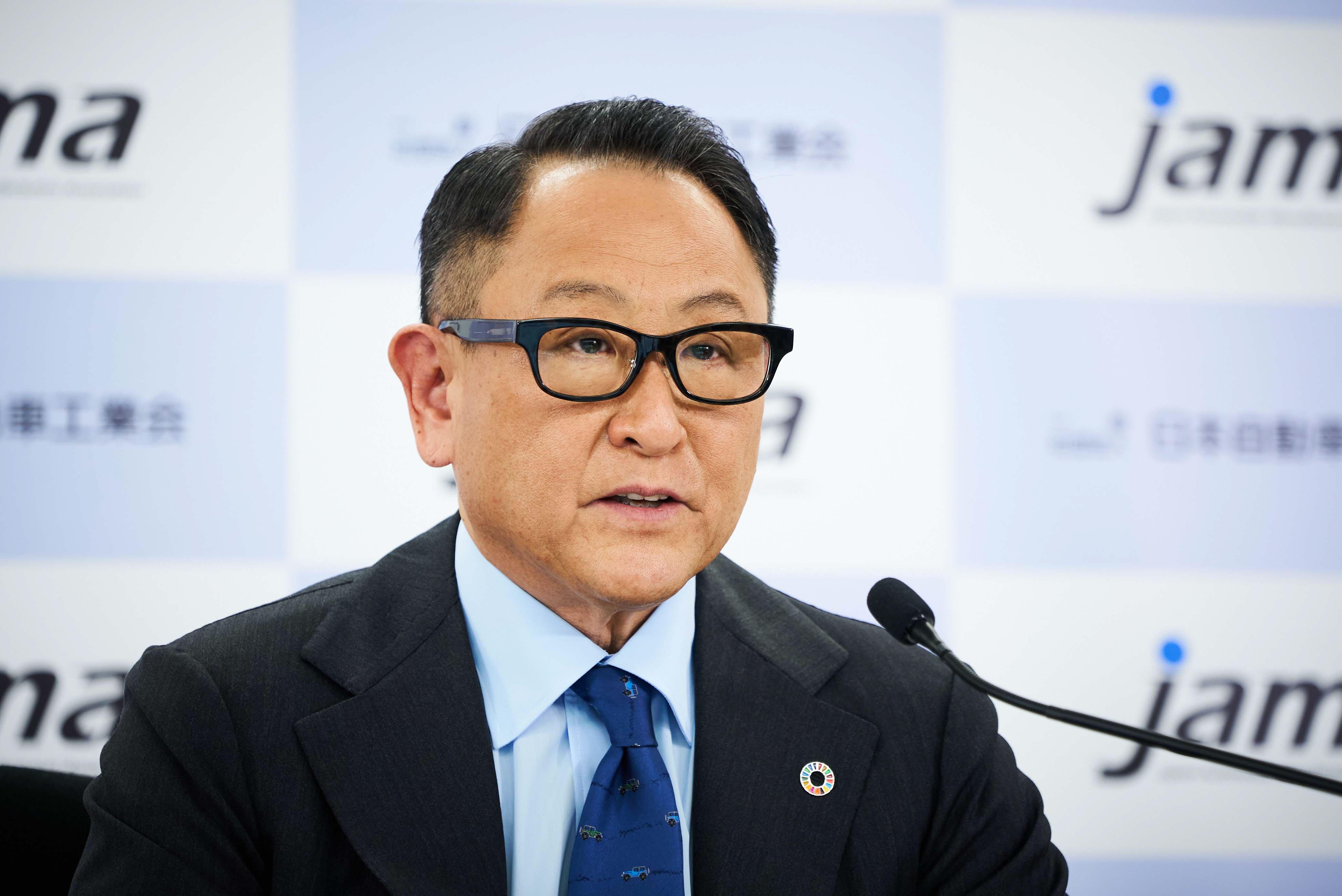
Views on “growth and distribution”
Chairman Toyoda
At our first board meeting this year, we discussed this year’s key themes for the automotive industry. Our goal, with the automobile playing a pivotal role, is to help create a society in which everyone can be happy. For this, we established five priority focus points.
Growth and distribution form the backbone of all of them. With the spring labor-management negotiations due to start next month, and with Prime Minister Kishida placing this issue at the center of his policies, I would like to share my thoughts on this topic.
The automotive industry has long promoted providing returns to and sharing with all stakeholders. During two years of the COVID-19 pandemic, we have created new jobs for 220,000 people. Assuming that the average annual income for each person is 5 million yen, we can calculate that 1.1 trillion yen has found its way into household budgets.
In recent years, the average wage increase rate in the automotive industry has been 2.5 percent, topping all industries. Over the past 12 years, automakers have paid a cumulative total of 10 trillion yen in taxes and 11 trillion yen in shareholder returns. Our industry has continued giving back not only to our employees but also to a wide range of other stakeholders, including our business partners and shareholders.
To go further, we need to increase the size of the pie. In other words, we need growth. I believe that growth is not about creating a few rich companies or people monopolizing wealth. Growth is necessary because its fruits can be spread to many people and thus can bring smiles to more faces.
Key to a virtuous cycle of growth
Chairman Toyoda
How will we achieve that growth? Since the collapse of Japan’s bubble economy (in the early 1990s), Japan’s economic growth has been stagnant. In a deflationary society, it’s difficult to foresee the future, which makes people hold on to their wealth, including financial assets and personal savings. I think it is necessary to get this wealth circulating more widely.
In the automobile business, ownership turnover is key. There are now 80 million owned vehicles in Japan. The average ownership period for these has extended and is now at more than 15 years.
If those can start to recirculate in 10 years (rather than 15), Japan’s annual car market would increase from the current 5 million units to 8 million units.
This would increase the value of automobile shipments by 7.2 trillion yen, create new jobs, and bring more money into the entire value chain. Also, tax revenue would increase by 2.5 trillion yen, which is equivalent to 1 percent of what is supplied to public coffers by the consumption tax.
And I am not only talking about automobiles. In the CASE era, all the goods and services that support people’s lives will be connected through information, and automobiles will become not just a means of transportation but also a part of the social infrastructure serving as storage batteries and information transmission devices.
I believe that automobiles will become a presence that is more intricately connected to all of society. That is why I believe that automobiles can play a pivotal role in creating a virtuous cycle of growth for the economy and society.
As a key industry, it is our responsibility and mission to fulfill a role as pacemaker for the creation of a better society. This year, I look forward to working with the government to discuss policies that will encourage vehicle ownership turnover so that we can achieve more “growth and distribution”.
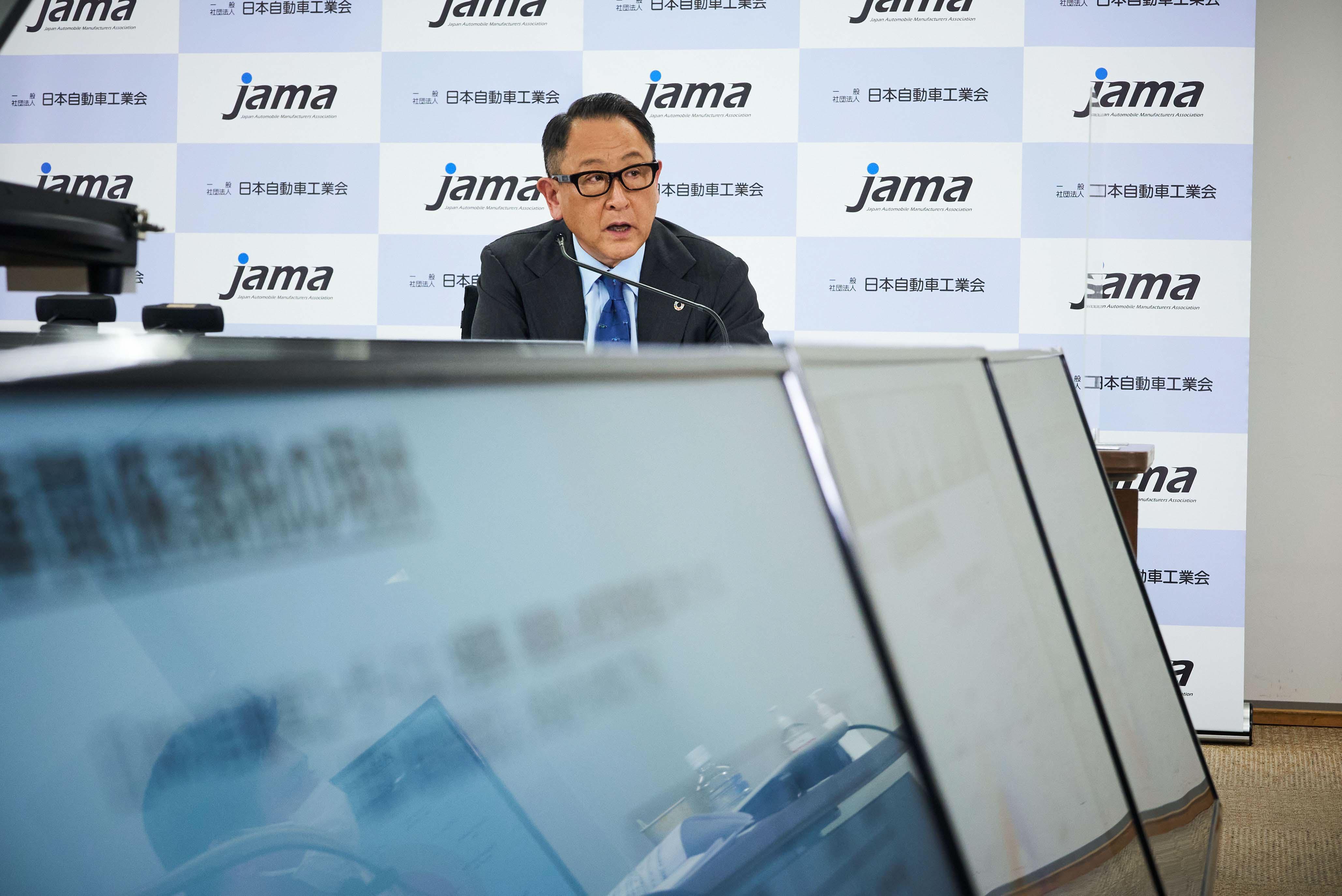
We are now in an era in which it is hard to predict the future. It is important to make decisions and take action first.
I would like to make this a year in which the automobile industry increases the number of its colleagues by taking action and in which we all move forward together. I look forward to your support again this year.
Achieving sustainable growth over the medium to long term
Annual labor-management consultations at companies across Japan will begin in February. In the Q&A session, a reporter sought JAMA’s views on the Kishida administration’s strategies for “growth and distribution”.
Chairman Toyoda
First of all, the entire automotive industry agrees with the Kishida administration’s objective of a “virtuous cycle of growth and distribution”.
However, although discussions sometimes tend to be based on the thinking that “distribution is about wage increases” or reports say that wages have not increased in the past 10 years, the reality (of the automobile industry) is that we have been providing returns to all our stakeholders from a broader perspective.
For example, the average wage increase of the last few years for automotive industry employees has been about 2.5 percent. This is the highest among all industries, and we have continued this level of wage increase for 10 years. I would like people to understand that the automotive industry has been doing that (distribution of wealth) continuously.
As for how we are distributing (wealth) to the government and society (beyond employees), companies in the automobile and parts industries have cumulatively paid about 10 trillion yen in corporate taxes since fiscal 2009. And, because the automotive industry is extremely broad, purchases from suppliers amounted to 250 trillion yen (over the same period). This is precisely the monetary amount of suppliers’ sales.
Furthermore, the automotive industry has created 220,000 new jobs during the COVID-19 pandemic. If we assume that the average annual income is 5 million yen, the industry is providing 1.11 trillion yen to households. It is also providing returns of about 11 trillion yen to its shareholders.
In a wider meaning of distribution through R&D, capital investment, wage increases, and others, the automotive industry circulates as much money as 7 trillion yen every year, including about 3 trillion yen in investments in batteries. I would like you to understand that.
However, because the automotive industry is so broad, there are still some areas that we have yet to reach. The five (leading Japanese) automobile organizations include those that are close to the front lines, such as the Japan Auto Parts Industries Association and the Japan Auto-Body Industries Association. We would like to deepen our cooperation with those colleagues to carefully examine the facts about the actual distribution situation.
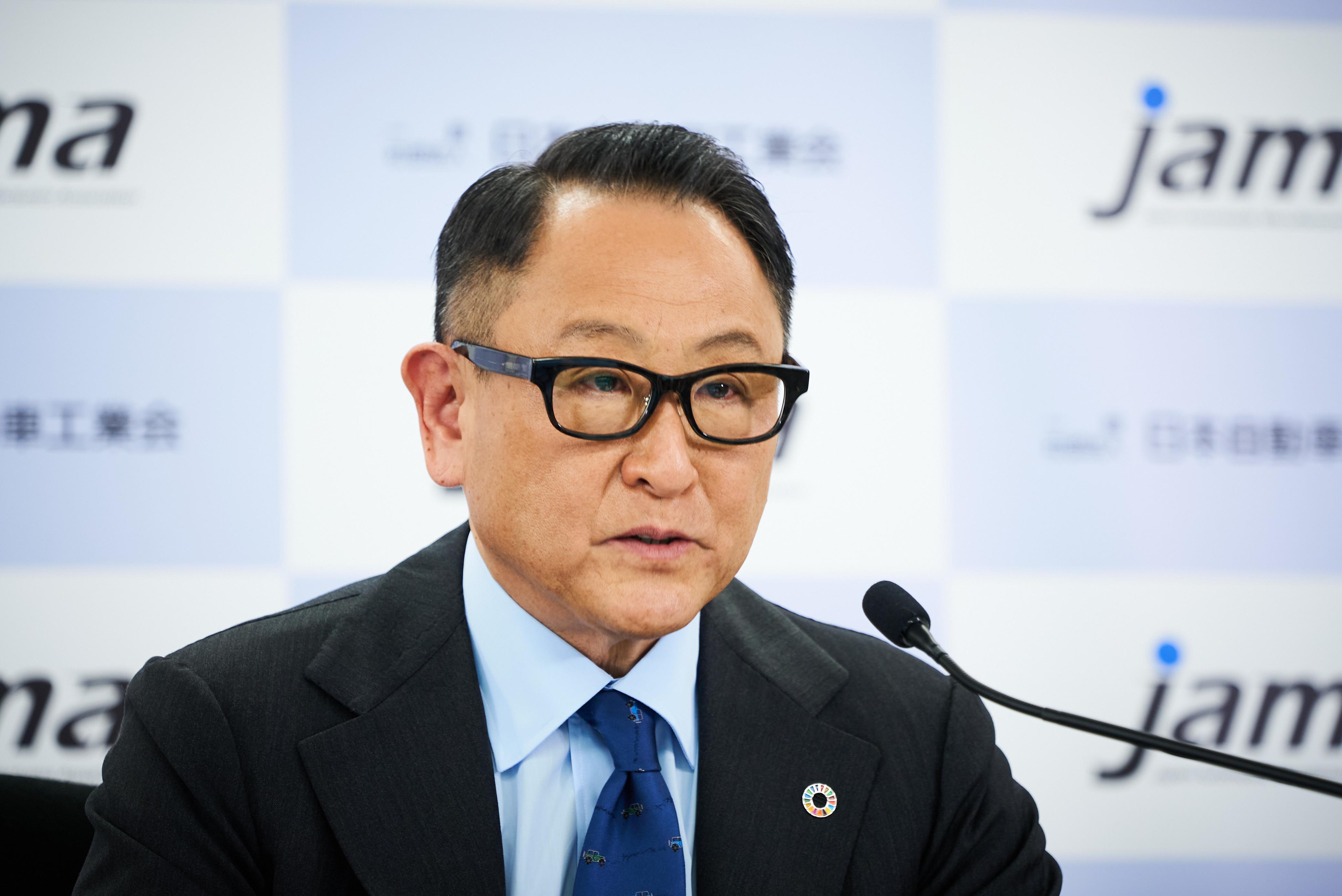
We need medium- to long-term stable employment and the creation of a society in which everyone can have hope and confidence for the future. For that, we would like you to understand that the international competitiveness of each company must be increased, and we hope that people will keep an eye on the spring labor-management negotiations from the perspective of how things will play out in the medium to long term.
As a key industry in Japan, the automotive industry has contributed to a virtuous cycle in the economy by raising wages, paying taxes, returning profits to shareholders, purchasing parts, and making capital investments.
Akio expressed the industry’s determination to drive forward a “virtuous cycle of growth and distribution” to create a society in which many people can be happy, with automobiles playing a pivotal role.
The automotive industry has valued a medium- to long-term perspective and teamwork among a wide range of colleagues in the industry. Keeping such in mind, each company will deepen discussions on how to achieve sustainable growth and distribution.

